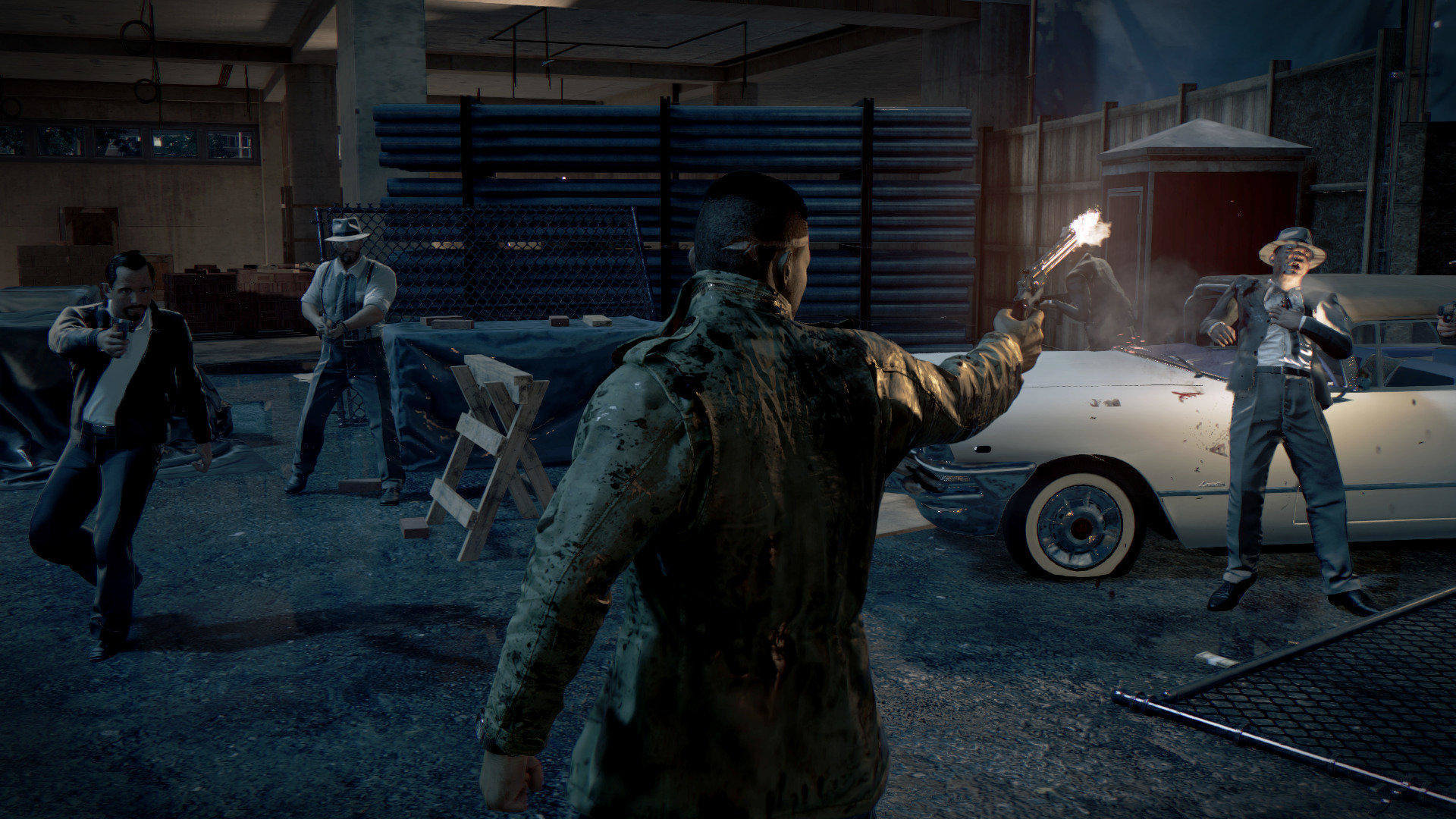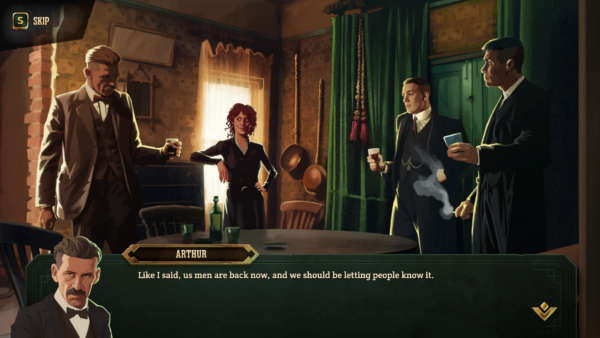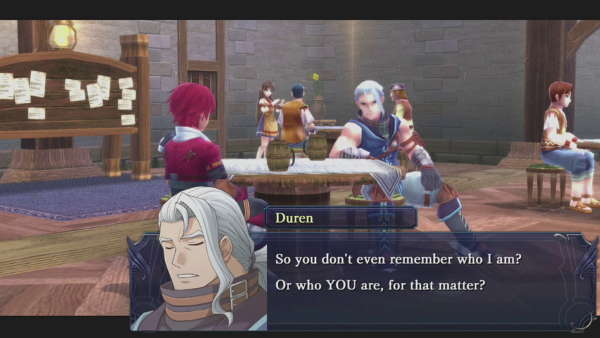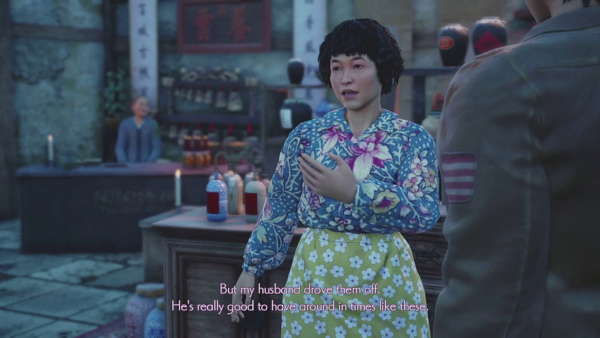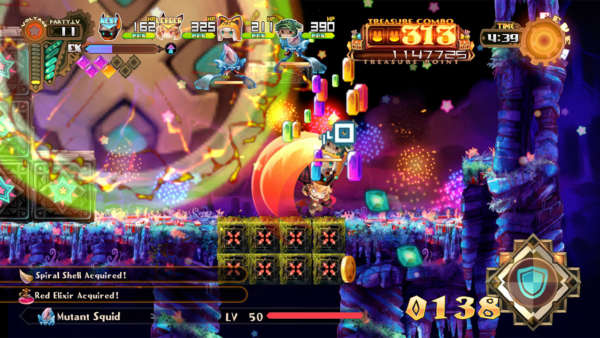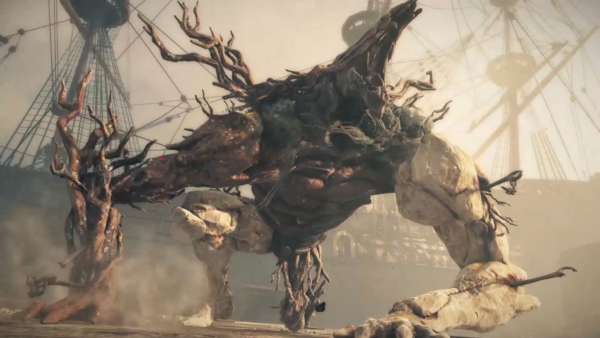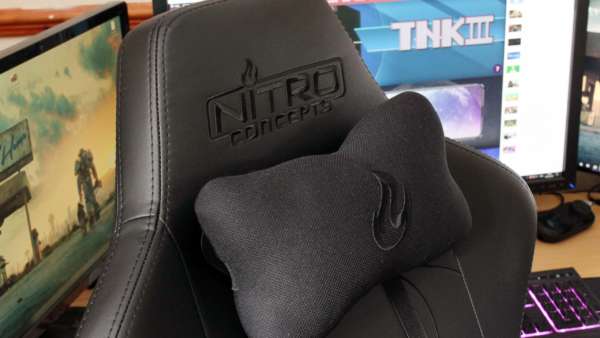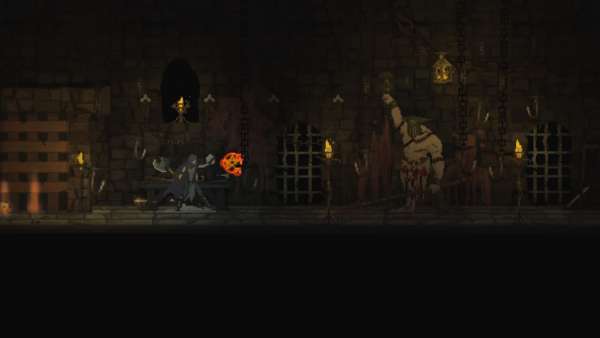1960’s America is an era full of iconic moments, yet rarely explored by video games. President Kennedy was assassinated, man landed on the moon, and Martin Luther King was at the forefront of the Civil Rights Movement. It’s a period we can look back on with pride and regret and at the time, was highly controversial. Mafia III endeavours to highlight the racism through the revenge story of Lincoln Clay; a Vietnam war vet who had just returned to his family when they were subsequently killed by another crime family in the city.
There’s a few aspects that are vital to the success of an open world game like this: A fleshed out narrative with impressive character design is one, and it’s safe to say this is where Mafia III truly excels. Clay is likeable; his no-nonsense manner and the trauma he’s been through means the player can truly understand his motivations and actions. Sal Marcano, the boss of the Marcano crime family, is manipulative and ruthless and after he double crosses Clay and his family early on, the rest of the game is set: Sal Marcano needs to die. Narratively, this is where the story becomes predictable, but not boring.
Cutscenes are where the game shines in terms of visual fidelity. Expressions on characters’ faces look amazingly realistic; quivering lips, drawn out breaths, and beads of sweat slowly rolling down the forehead are three examples of just how detailed it is. Only one game comes close to the facial animations and that’s Uncharted 4. It’s supplemented by the utterly incredible voice acting too – real emotion and passion comes through, especially for the characters of Cassandra and Thomas Burke. That consistency carries across to minor characters too; the detail isn’t saved just for the main cast. There’s also flash-forward-esque interviews with living characters years into the future that fill in details, give background information to various people, and set the scene after notable moments in the story.


